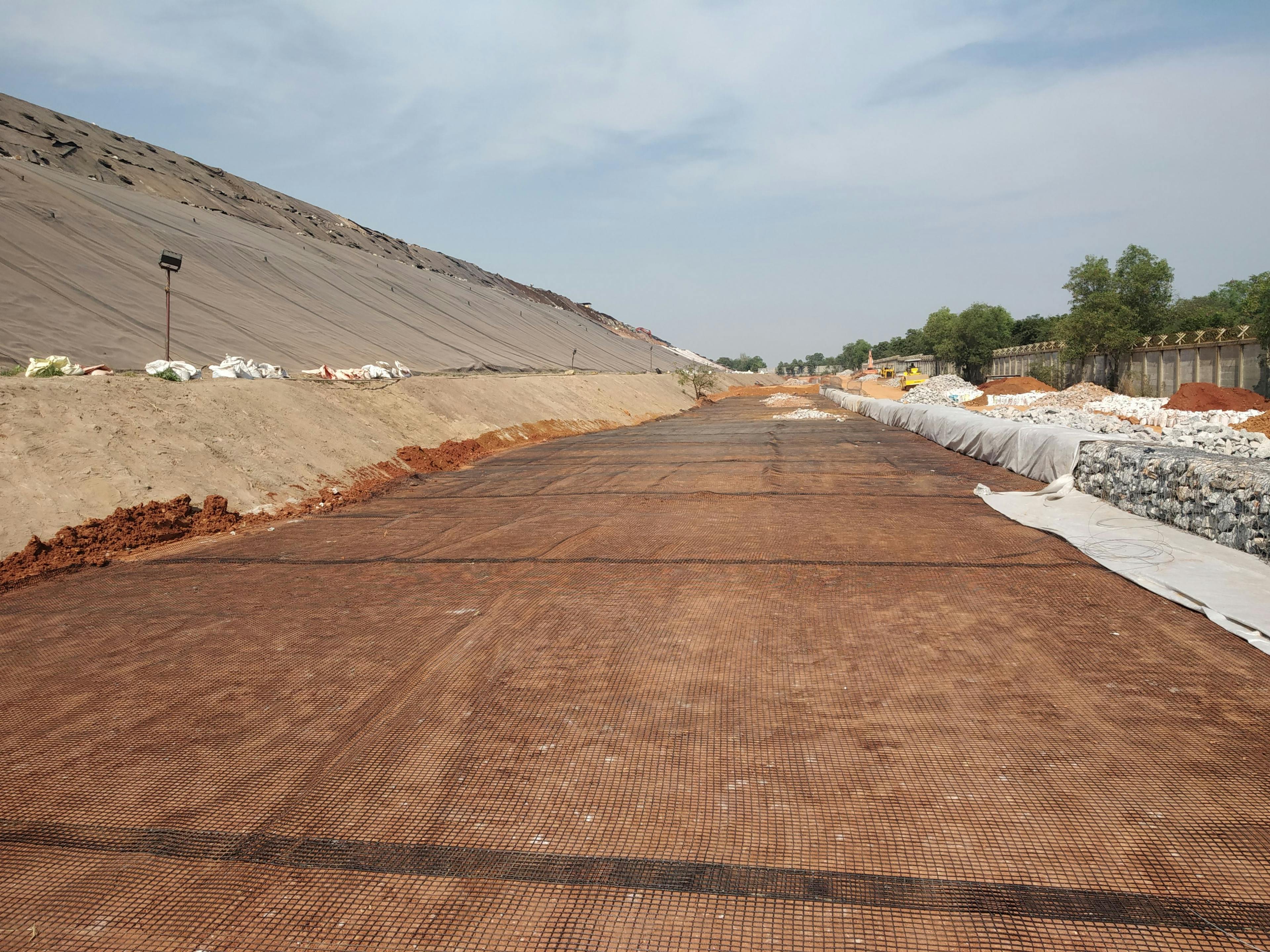
How new age landfills are built
Engineered landfills
Engineered landfills, as defined by the American
Society of Civil Engineers, are methods to dispose of waste on land without posing a risk to public health or safety. They achieve this by confining waste to a minimal area and reducing its volume through engineering principles. The core ideas behind landfill design are space and volume optimization.
Early designs
Originally, engineered landfill designs prioritized selecting elevated, easily accessible lands far from inhabited areas. Key features included barriers to protect groundwater and systems for drainage and leachate treatment.
Urbanization and its challenges
Emerging economies have seen a rapid migration to urban centers, transforming former rural areas into bustling semi-urban hubs with skyscrapers and financial districts. This growth has revealed the inadequacy of civic infrastructure, especially municipal solid waste landfills. For instance, Gurugram, near New Delhi, India, exemplifies this situation.
Increasing landfill capacity
Many existing landfills, designed for 20 years of use, are reaching their limits in just half that time. This has driven the need for additional landfill capacities to cater to the growing population.
Cost/benefit analysis
Landfills typically operate on long-term build-operate-maintain models, with prices set by civil authorities. Given rising land prices, constructing new facilities nearby becomes financially challenging.
Modern landfill solutions
Rather than purchasing new sites, many operators choose to extend the height of existing landfills. This approach offers immediate extra capacity at a reduced cost. However, height augmentation needs an additional structure, built from the landfill's base, ensuring the landfill remains stable and functional.
In India, a landfill's capacity was increased by enhancing its height, proving to be cost-effective and space-efficient.
After evaluating various solutions, reinforced soil slopes with soil reinforcement (characterized by < 8% elongation, high tensile stiffness, and lasting design strength) emerge as ideal. They're cost-effective, offer quick ROI, and need minimal maintenance. Given its flexibility and seismic resistance, MIRAGRID® GX, known for its high tenacity, stands out.
A reinforced soil slope of the required height effectively supports the additional load of waste, making it a suitable option for landfill applications.
MIRAGRID GX Geogrids
MIRAGRID GX geogrids serve various vital roles in reinforcing soil in landfill facilities. They support tensile loads and limit strains. For more details on the technical aspects of MIRAGRID GX geogrids in landfill settings, please contact us.
Explore more blogs
View allHow to combine engineered earth armoring with greywater treatment
Resilient water management by combining greywater recycling with engineered earth armoring for irrigation, erosion control, and increased property value.
How can geosynthetics help energy transition?
Geosynthetics accelerate agricultural outputs and improve resilience by optimizing water management through enhanced irrigation efficiency and providing structural stability to agricultural infrastructures like dams and reservoirs.
How can geosynthetics accelerate agriculture outputs and improve resilience?
Geosynthetics accelerate agricultural outputs and improve resilience by optimizing water management through enhanced irrigation efficiency and providing structural stability to agricultural infrastructures like dams and reservoirs.